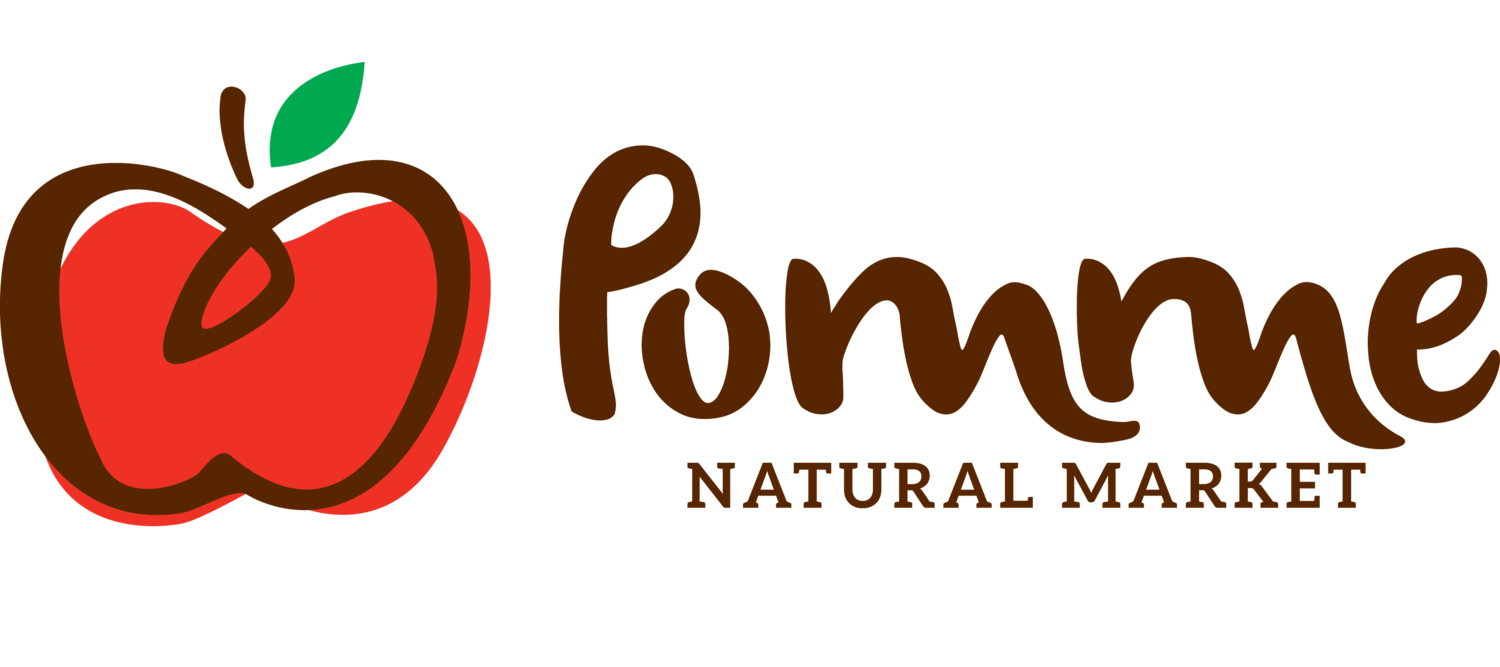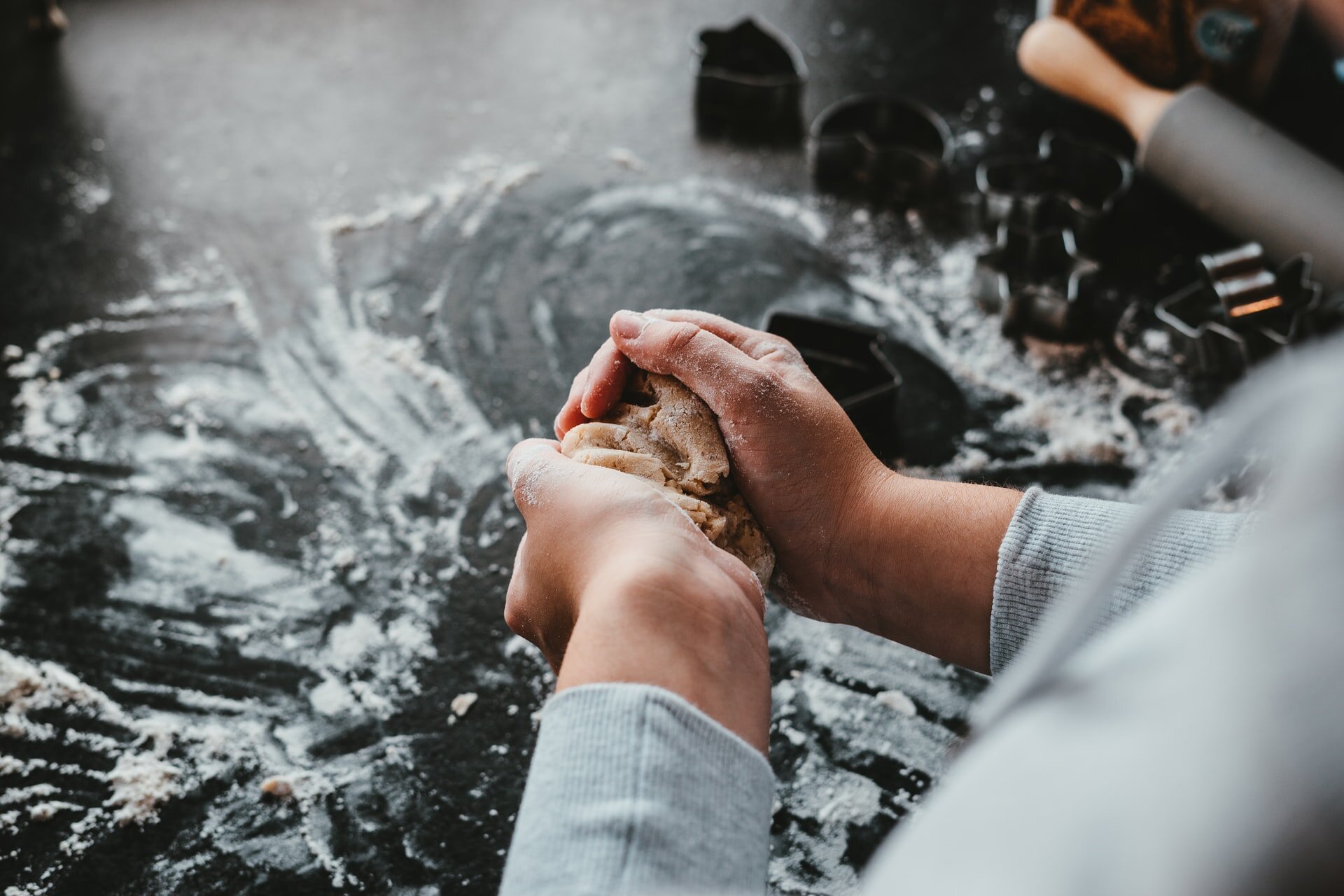Plant-Based Baking for the Holidays
/Plant-based diets are increasing in popularity all the time and while we’re super fortunate to have loads of vegan-friendly bakeries on the West Coast, it’s still really nice to whip up a batch of something scrumptious in your own kitchen from time to time, especially around the holidays. If you’re new to eating a plant-based diet or just new to baking plant-based treats, we’ve put together a quick primer to help you make the transition.
The main non-vegan ingredients used in baking are dairy—mostly butter and milk—and eggs. These all have specific roles in the chemistry of different recipes, but you can make some generalizations about their function, which makes it pretty easy overall to make plant-based substitutes.
Eggs basically help provide stability and structure, as well as add moisture to a recipe. They of course have whites and yolks; the whites will add lightness and work as a leavening agent, while yolks add fat and protein. These days there are a lot of pre-made egg substitutes available (we have some in our aisles!) as well ground flax or chia are popular replacements because they both produce a gel when mixed with water and that acts as a binding stabilizer like eggs would. You do need to be aware of the basic function of the eggs in any recipe though. If egg whites are being used to help something rise, vinegar and baking soda are the way to go, and a product called 'aquafaba' (basically the water left over from canned beans!) needs to be used when meringue is the goal.
Milk primarily adds moisture, flavour, and colour to recipes. Its fat content and proteins do also add to the the softness and structure of whatever you're baking, which is why you want to use a milk substitute such as almond or oat mylk, instead of just water. Butter adds some moisture to recipes too but fat also helps hold air in batter when it's being stirred or creamed, creating a lighter final product. And also, of course, fat tastes great:) Again, substitutions depend on the main role butter is playing in a recipe, but it can either be replaced with another fat—like with eggs, there are lots of vegan butters made of plant-based oils available now—or a lot of times you can use straight-up coconut, olive or avocado oil. But if the butter in a recipe is mostly adding moisture and bulk, it can be replaced with something like applesauce, pumpkin puree or prune puree, which of course changes the flavour, but not in a less delicious way, just in a different delicious way.
The upshot is, if you want to take a favourite family recipe and recreate it as a plant-based treat, it will likely involve some research. There are a lot of basic guidelines online for substitution amounts (for example 'recipes' for making a flax egg substitute generally call for something in the range of 1 Tbsp flaxseed meal plus 2 - 3 Tbsps of water). So it may take a little trial and error to figure out the best substitutes for a particular baked good, but it can be so worth it to keep a tradition going at home. And on the other hand, because plant-based is so popular now, there are also tons of recipes that have been created as vegan-friendly from scratch so you can just follow them and get a perfectly balanced cookie or loaf or tart right off the bat.
Here are two plant-based holiday cookie recipes we love!
https://www.pommenaturalmarket.com/recipes-2/the-best-vegan-holiday-cookies
https://www.pommenaturalmarket.com/recipes-2/vegan-snowball-cookies


